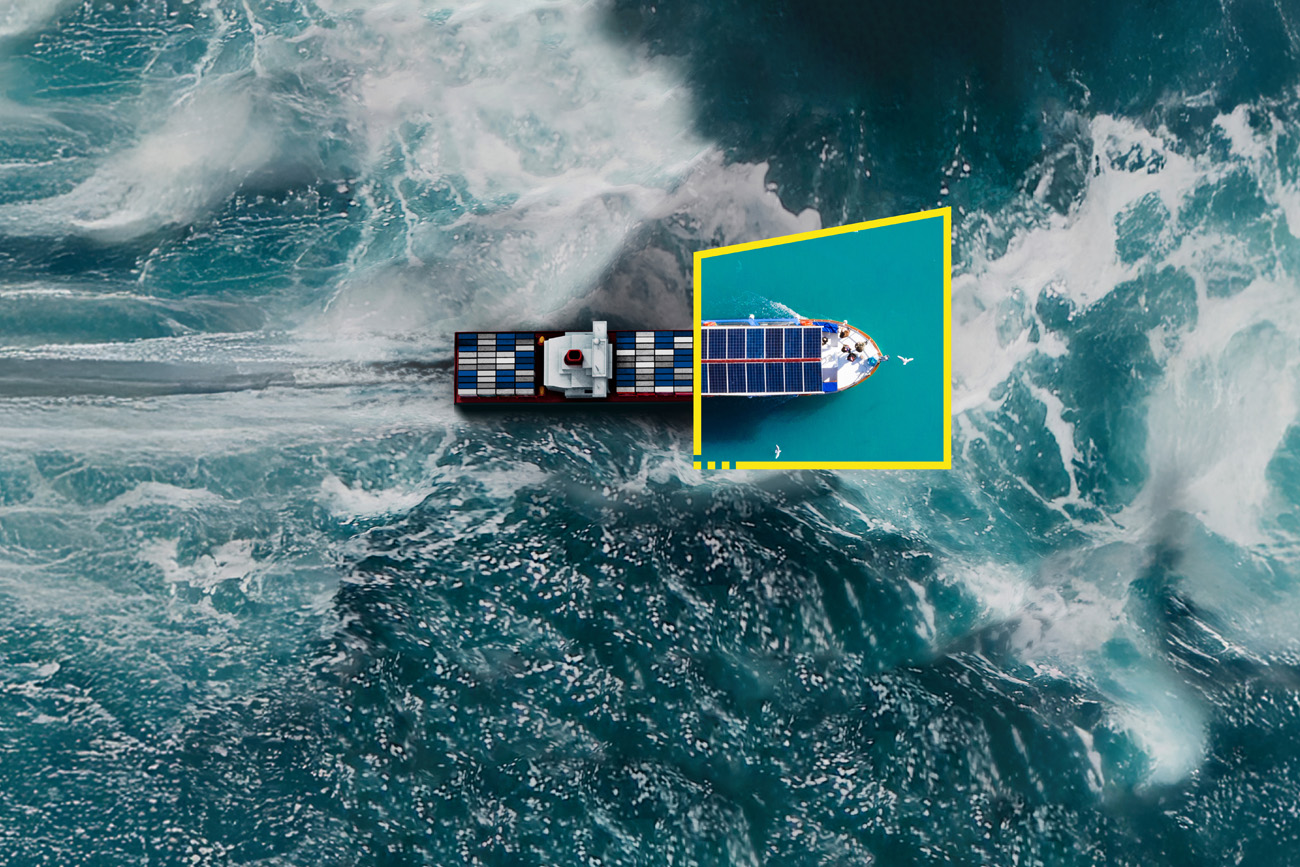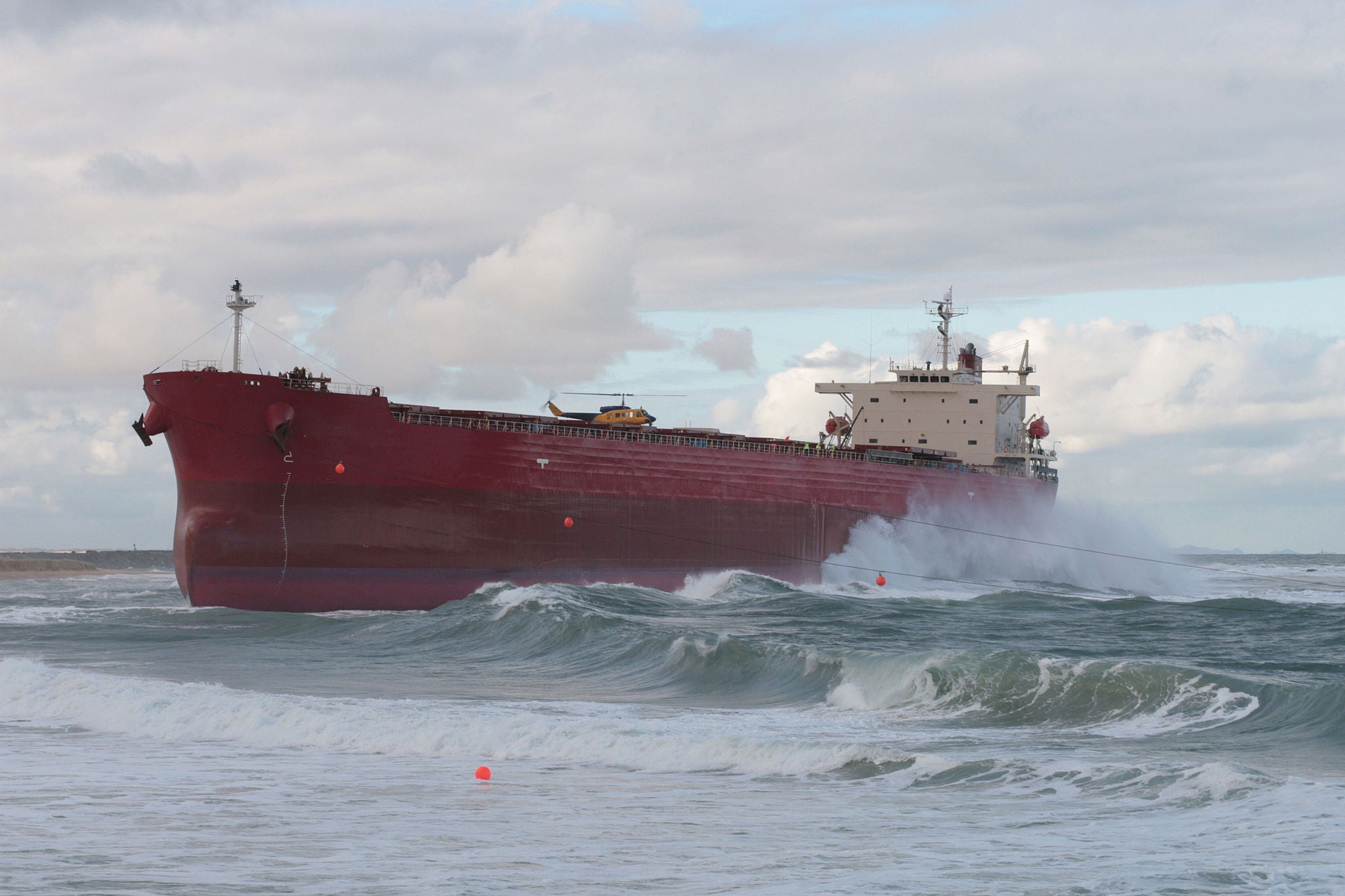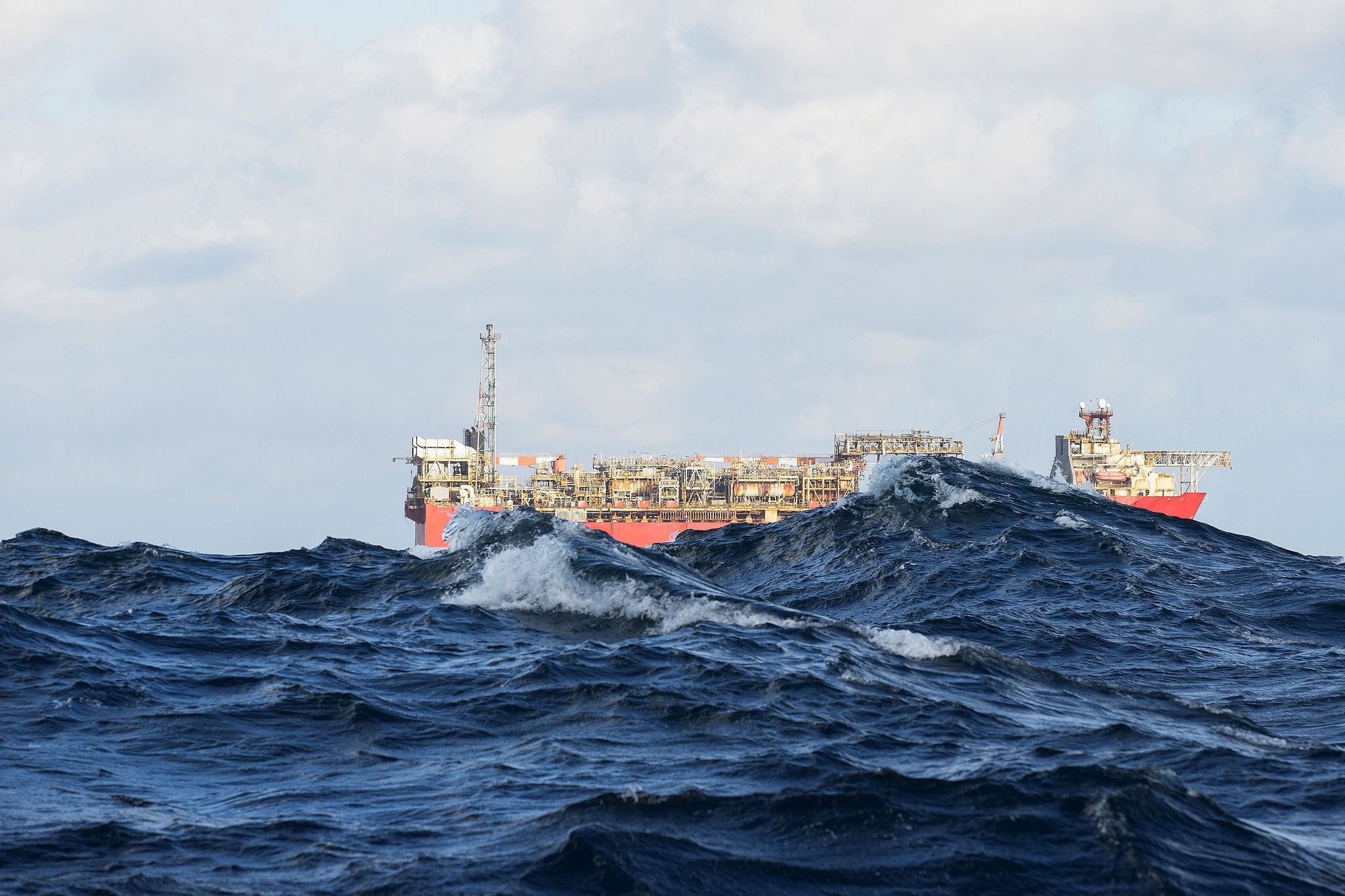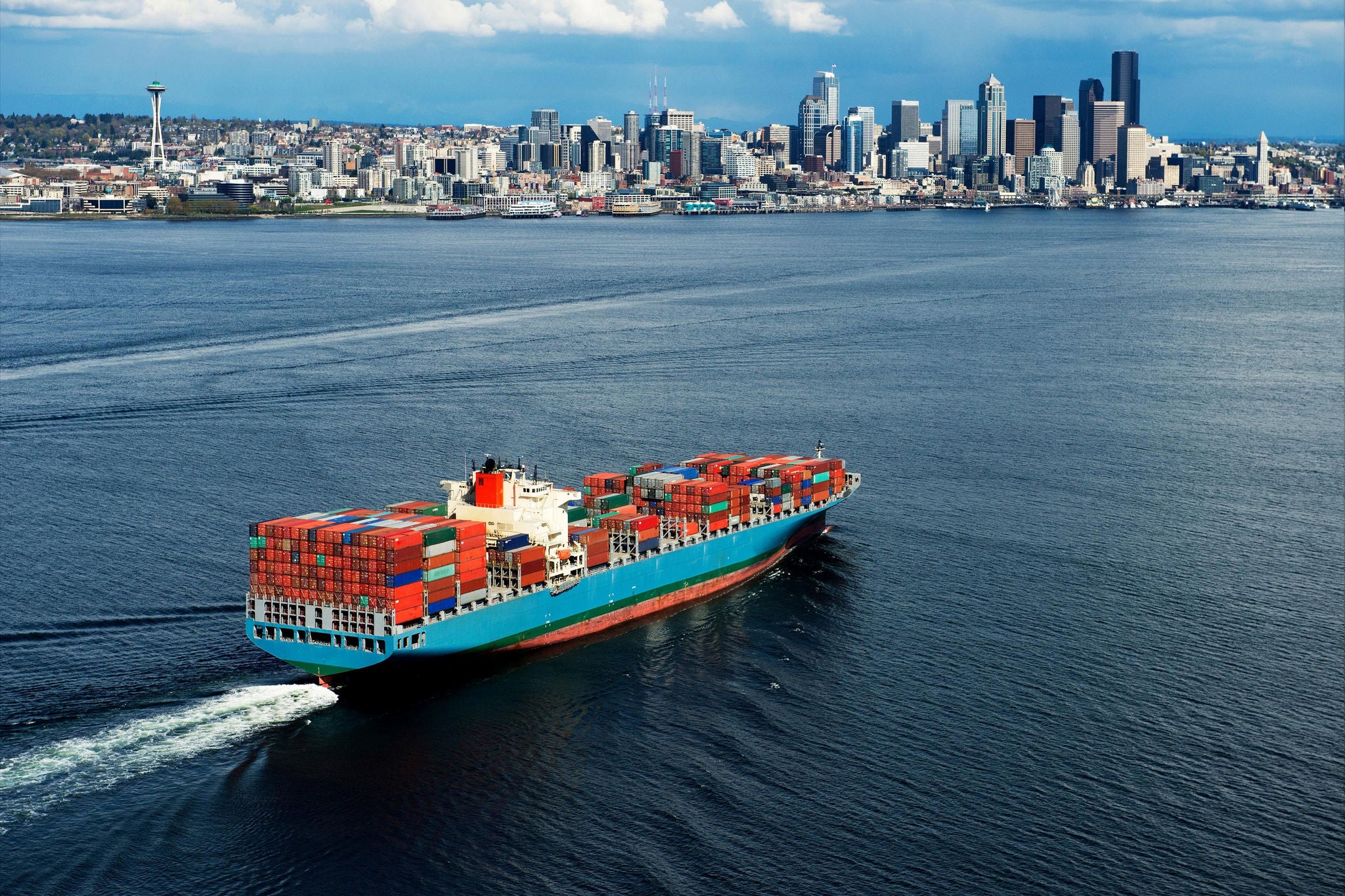EY refers to the global organization, and may refer to one or more, of the member firms of Ernst & Young Global Limited, each of which is a separate legal entity. Ernst & Young Global Limited, a UK company limited by guarantee, does not provide services to clients.
Beyond a proof of concept
After the conclusion of the 20-week proof of concept, EY and tech collaborator Guardtime established a joint venture, working closely with Microsoft, with the aim of servicing clients with the resulting product. Getting to this end result was a learning process for EY and its collaborators.
“Our blockchain platform has been specifically tailored to the business issues facing clients,” says Crawford. “Through workshops with clients we gained a deep understanding of the practical needs of the community who wish to benefit from the platform and we were able to deploy that understanding so that the solution is practical and intuitively fit for purpose. This was a major learning step for us, but at the end of the day what we built was for the clients.”
Developing the platform required a globally connected effort:
- Guardtime's teams were based in Estonia, the UK, Netherlands, and the US and the nature of the shipping industry required coordination across EY teams on both global and local levels.
- EY has teams working directly with end users, insurers and reinsurers in Europe, the US and Japan.
- EY tech production teams based in India and Poland are working closely with Microsoft to coordinate the platform’s implementation within client environments.






